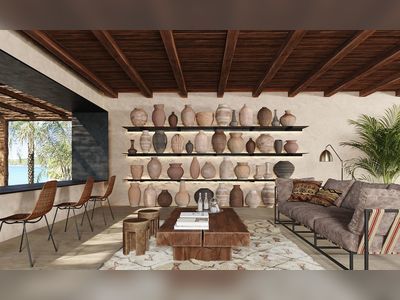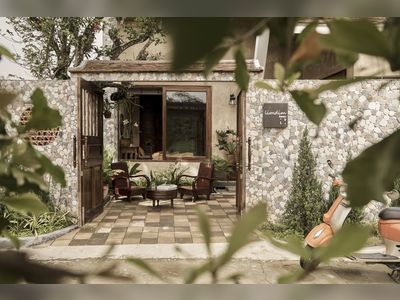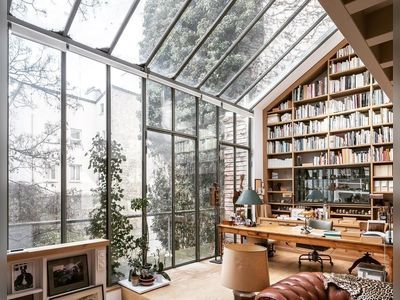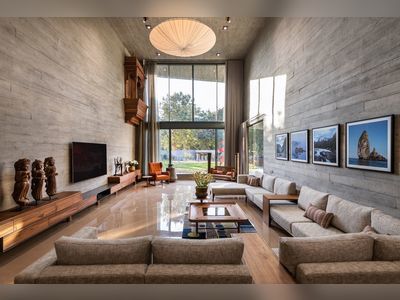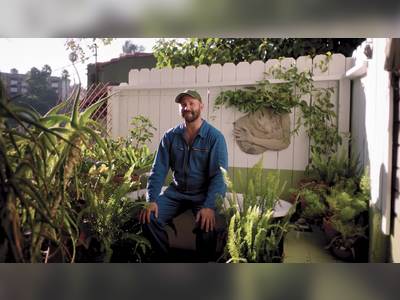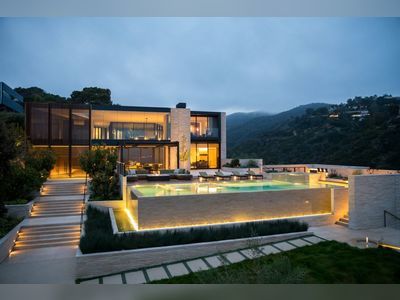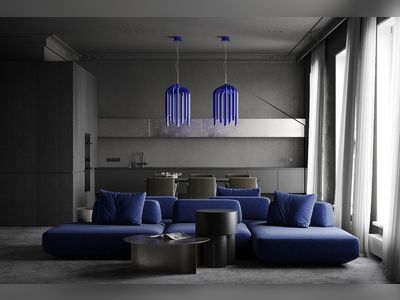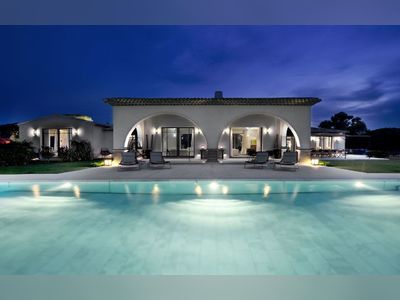In elemente’s first report on up and coming designers
to watch, we focus on 5 of Canada’s hottest rising stars. From
architecture to fashion to mixed media to industrial design, this group
of talented individuals are making waves in their respective fields.
battersby & howat
architects :: vancouver
VANCOUVER’S David Battersby and Heather Howat practice relevant
architecture. At least this is the term they have coined to describe
their work. “We don’t do intellectual architecture. We are more
pragmatic here. We are committed to houses that are representative of
the client. For us it is about the process,” explains Battersby. The
couple teamed up in the 90s when they were both attending the
University of Manitoba where Howat was studying interior design and
Battersby environmental stud-ies with a major in landscape. After their
undergraduate degree, they both earned a Masters in Architecture from
the University of Nova Scotia. Marriage and a move to the west coast
provided this creative duo with the impetus to merge their talents into
a col-laborative design studio.
Twelve years later these two are no longer married, but their friendship and design partnership is as strong as ever. In fact, they recently built a live/work residence in a rather depleted area of East Vancouver. Referred to as a refreshingly positive vision by John Ota in his story in the July 2004 issue of Canadian Architect Magazine, the space incorporates two separate living units and a 400 square foot office space that overlooks a zen like garden.
In keeping with this gentrification trend, Battersby and Howat have found that there is a huge demand for smaller architecturally designed homes in neighborhoods that wouldn’t necessarily show case these kinds of designs. “For many of our clients, it is a stretch for them financially, but they really love architecture,” says Battersby.
Over the years their work has earned them two Canadian Architect Awards
of Excel-lence and the Ronald J. Thom Award for Early Design
Achievement. Their designs have appeared in the Globe and Mail, Western
Living Magazine, Azure Magazine, Canadian House and Home Magazine,
Wallpaper Magazine and a special collective entitled Young Architects
of America.
adriean koleric
industrial designer :: edmonton
It’s difficult to pin down the design style of Adriean Koleric, the
talented industrial designer from Edmonton. His pieces range from
simple, minimalist picture frames shaped like giant Popsicle sticks, to
a gracefully curved, hot-pink stand up mailbox. Although his pieces are
all unique, they all have one thing in common: each one surprises the
viewer. It’s part Japanamation, part Amish practical and part Alice in
Wonderland.
Adriean finds inspiration everywhere he looks, from the back of a
cereal box to his son’s Matchbox cars, which he admits to having stolen
from the toy box and set on his desk to inspire him. “Lately I’ve also
been enamoured with what graphic designers and animators are doing
these days. From Mini Cooper ads to packaging for designer toys,
there’s such an abundance of art in front of our eyes.”
His works have found their ways into several international design
magazines, and Adriean has already received a fair amount of critical
acclaim and design awards. He is actively involved in the IDEA Group
(the Industrial Designers of Edmonton Association), a creative bunch of
designers and thinkers who are helping put Edmonton on the map for its
unique approach to design.
Some of Adriean’s pieces, especially the Monster lamp, are designed to act as a palate for other designers, or even those with any sort of artistic bent, to add their own unique flair. “With the Monster lamp, I’ve created a ‘platform piece’ to provide artists and illustrators a surface to customize as they see fit,” says Adriean. Motomichi Nakamura, a Brooklyn-based animator, created the first customized Monster piece. Two more are currently in the works with artists from Chicago and Edmonton based illustrator, both scheduled to be released in 2008 releases.
“I like the idea of inspiring someone to go out and do one better than
me,” says Adriean. “If I’ve pushed someone to prove me a hack and
produce something fantastic, then I’m happy. That’s where I like to
describe my work as Attainable Design.”
luanne martineau
Mixed Media :: Vancouver
Known for her hybrid hand spun wool sculptures, Luanne Martineau
incorporates domestic mediums to reference concepts of the feminine,
the history of art and various social trends and inequities - in
particular the relationship between regressive and progressive
activity. Her work combines high modernism with abstracted aspects of
the grotesque to comment on things like the long term exclusion of
females in the practice of art. “Child rearing, biology, finance, these
are the things that have historically kept women away from the field of
art . When looking at history you can’t help but look at your own
exclusion,” she explains.
With her move to Vancouver Island six years ago, her work has begun to
incorporate aspects of Island culture, things like the west coast zine
comic culture, the psyche of subversion , the hippy tradition and the
drop out culture. “I grew up on the prairies where dropping out was
just not an option, so it was a bit of a culture shock for me,” she
says. She has begun incorporating psychedelic wool into her sculptures
and her new limited edition hand bound book entitled FREAKOUT talks
about and illustrates this marginalized aesthetic.
Her recent work Parasite Buttress, a 22 foot long mixed media
sculpture, explores architecture as a social site: its concept of space
as a place in time that tells you who you are within that context.
Martineau received her undergraduate diploma in Fine Arts from the
Alberta College of Art and Design and her Masters in Fine Arts from the
University of British Columbia. She is currently a Professor of Theory
and Curatorial Studies at the University of Victoria.
In 2007 she was invited to exhibit at the Montreal Biennial, to speak
at the Tate Gallery in London and she was honoured with the prestigious
VIVA award.
Her work is exhibited at Jessica Bradley Art & Projects in Toronto, Ontario and at Trepanier Baer in Calgary, Alberta.
kobayashi & zedda
architects :: whitehorseAs award winning architects, urban designers, developers and club and cafe owners, Jack Kobayashi and Tony Zedda definitely embody the entrepreneurial spirit. “That’s one thing about architecture school,” says Zedda. “It teaches you how to take advantage of the opportunities presented to you.”
Kobayashi and Zedda both received their architecture training at the University of Manitoba, although they didn’t meet until 1995, a year after they had graduated, when they both found themselves above the 60th parallel in a place of unlimited opportunity: the town of Whitehorse.
“This place is a little bit of a secret. It’s only two hours from the Pacific Ocean and it is spectacular. We are in the middle of a boreal forest,” says Zedda. He also adds that the territory has more moose (40,000), than people (30,000).
Within their collaborative design studio KZA, these two architects have created some very inspiring regionalist designs that include everything from schools to private residences. So inspiring that they were awarded the prestigious Canada Council of the Arts Prix de Rome in 2006.
“Part of our whole regionalist approach is working with what is available and that includes the labour force and materials.” says Kobayashi. As a result, most of their design incorporate timbre. “We like to challenge the work force that is here by doing some designs that are a little bit different, but still within the realm of what they know,” explains Zedda.
In Whitehorse the light contrasts(like the temperature contrasts) are extreme. “This is a very unforgiving place,”says Kobayashi. ” In the harsh days of winter the sun shines for a mere four or five hours, whereas during the longest days of summer it is light for 22 hours a day.” As a result, they try to capture the essence of this northern climate through the play of light on the spaces.
Temperatures, which can descend below -55 C in the winter, also create a design challenge. “We have to build above ground, because the ground is perma frost,” says Zedda. But, not only that, he adds that with global warming the ground temperatures are changing, so they have to design to compensate for future shifts in the permafrost.
Adding to their portfolio, Zedda and Kobayshi have recently started a construction and development company and they are in the process of gentrifying Whitehorse’s downtown core, which has been neglected over the years. “We feel that a compact urban environment with a higher density downtown core is more appropriate for the type of climate,” explains Kobayshi. To date, they have built 50 multifamily units.
As an extension of the urban concept, they have recently opened a martini bar and Café in the ground level of their downtown architecture offices.
“We love the fact that we won the Prix de Rome; it is such an academic award, but we also like the hands on thing too. In fact when you called, we were downstairs making lattes for the customers,” says Zedda.
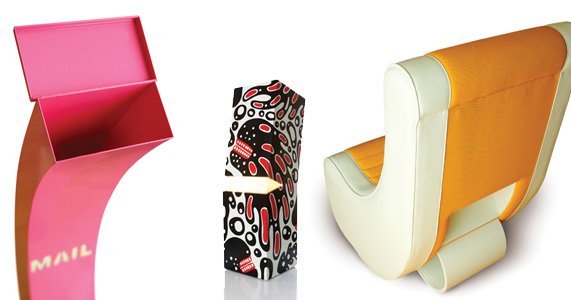
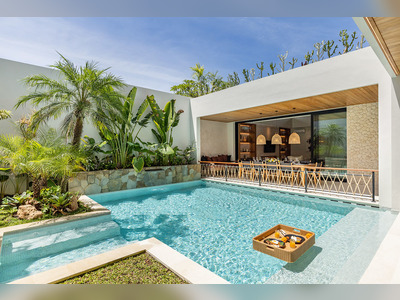
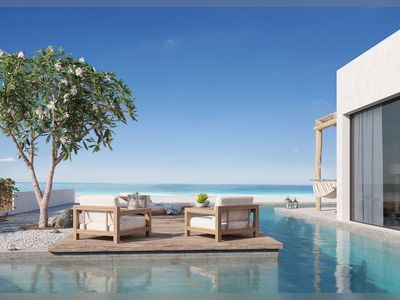
![A Tranquil Jungle House That Incorporates Japanese Ethos [Video]](/images/22/08/b-2ennetkmmnn_t.jpg)
